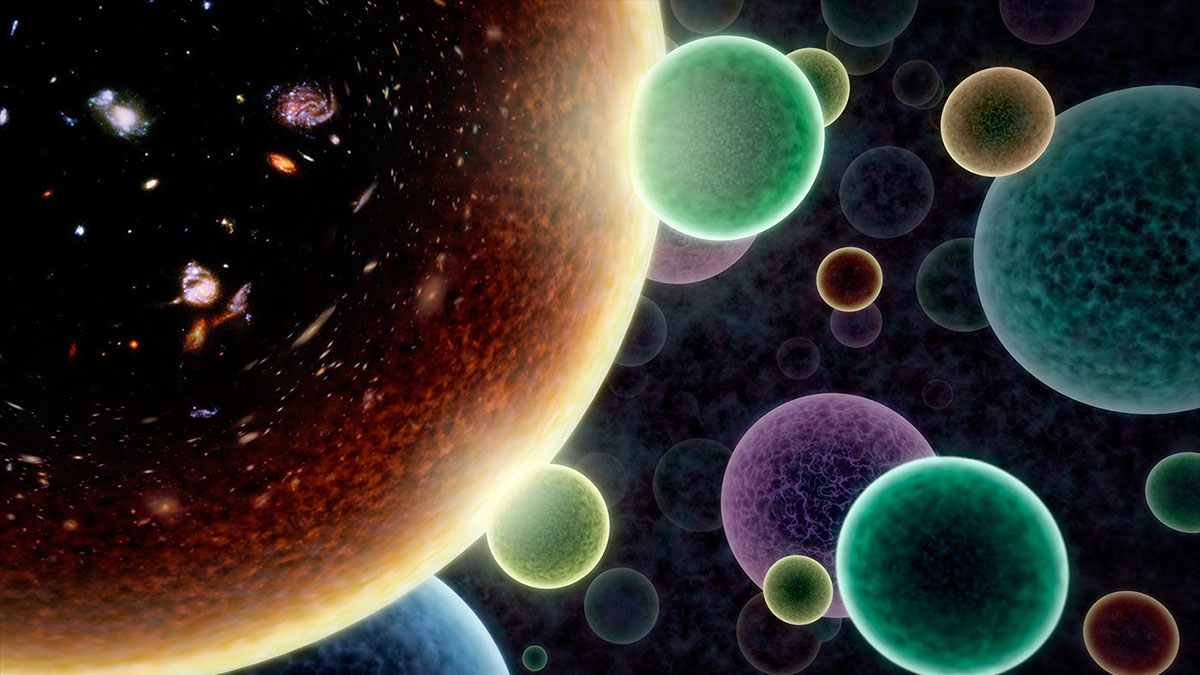the infinitely vast, mandatory multiverse?

At two events of the Wolrd Science Festival in early June, a group of five theoretical physicists debated whether we’re living in a multiverse, and more surprisingly, if our current understanding of the cosmos all but mandates that multiple universes exist. It all goes back to the instant of the Big Bang, the femtosecond that set the rules for all reality as we know it in scientific terms. Each tiny little quantum instability and flux was stretched and projected across billions of light years to influence the shape of galaxy clusters and the tiny filaments what underpin our mostly isotropic, homogeneous universe. It’s kind of like the chaos theory saying about a flap of a butterfly’s wings eventually causing a tsunami halfway across the world, but taken to incredible extremes. We’re talking about a change in point particles becoming an archipelago a million galaxies across. So, why wouldn’t some of these instabilities become their own universes, sealed off from each other by the fabric of space and time? The inflation we just described should make this inevitable.
Here’s the issue. As our infant universe was inflating, it shouldn’t have spun off uniformly since that would make the fluctuations in early matter impossible and prevented the formation of stars and galaxies. It would’ve had to have large enough disruptions to kick-start other universes, or even itself be a product of another universe undergoing rapid inflation. And if one universe can inflate, so too must the rest because otherwise, inflation becomes a unique event and science is not happy with a one-off event as an explanation. Every significant process we know of happens more than once and on universal time scales of countless trillions of years, the possibilities are pretty much infinite. We should be able to see new universes bubbling up from dark voids in the fabric of space-time, over time. There might even be room to imagine a bizarre, hyper-advanced species of the far future crossing into a brand new universe as theirs dies in a void ship isolated from reality as we know it, Doctor Who-style, hopefully one that’s nothing like the Daleks.
Problem is, how do we prove that inflation works in more than one universe when we can’t see into the multiverse? One suggestion is that inflation basically wraps the universe into a sphere, an unbreachable, self-contained environment that seems flat to us and where trying to travel to the edge of the cosmos will result in the spaceship ending up back where it started as if it were on a Mobius strip. Simple, elegant, and convenient as far as solutions to cosmological problems go, don’t you think? And that’s precisely what’s so bothersome about it. Nothing in cosmology is that simple, even inflation itself. Instead of slowing down, it’s accelerating. Instead of flying apart into clouds of stars and gas under their own momentum, galaxies are keeping their shapes until a collision distorts them thanks to invisible dark matter. Hell, some 96% of the universe isn’t even matter and almost three quarters of it is some mysterious energy feeding its expansion. Does it really make sense that in a universe like that simple, convenient explanations will fly?





